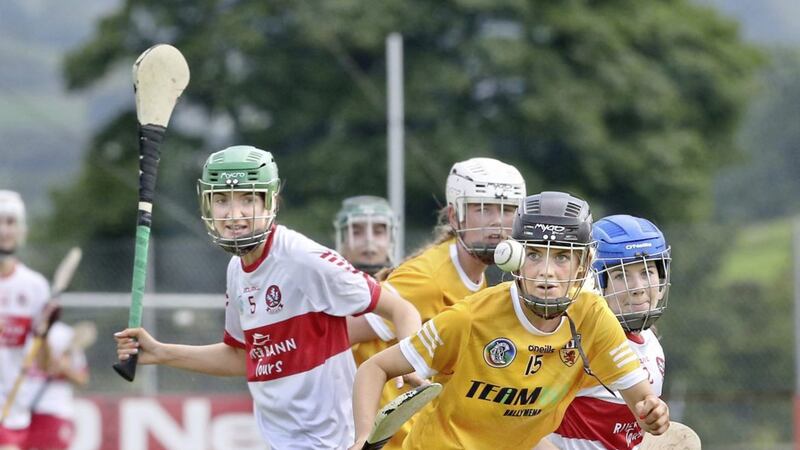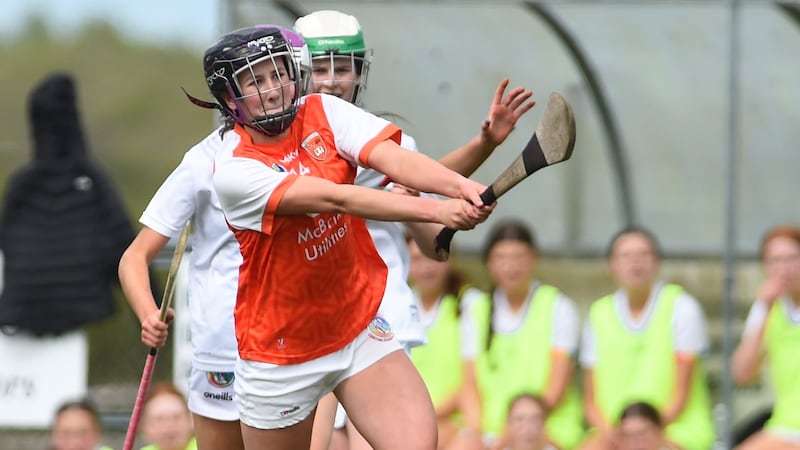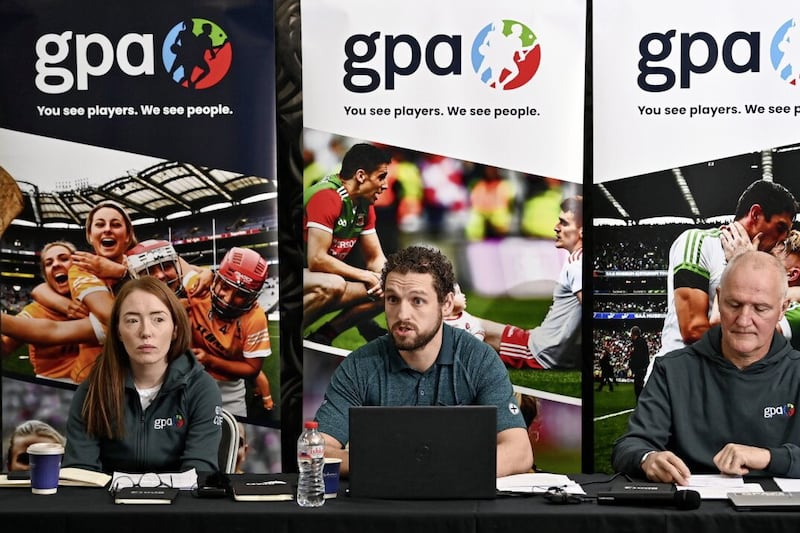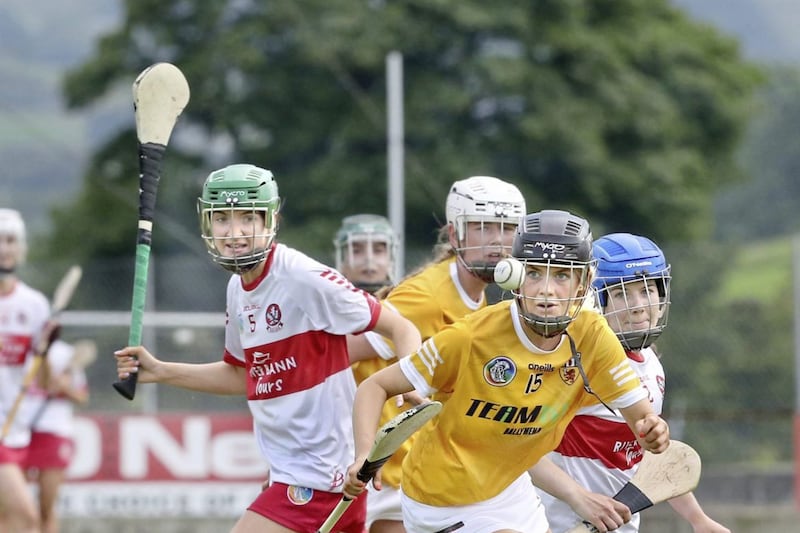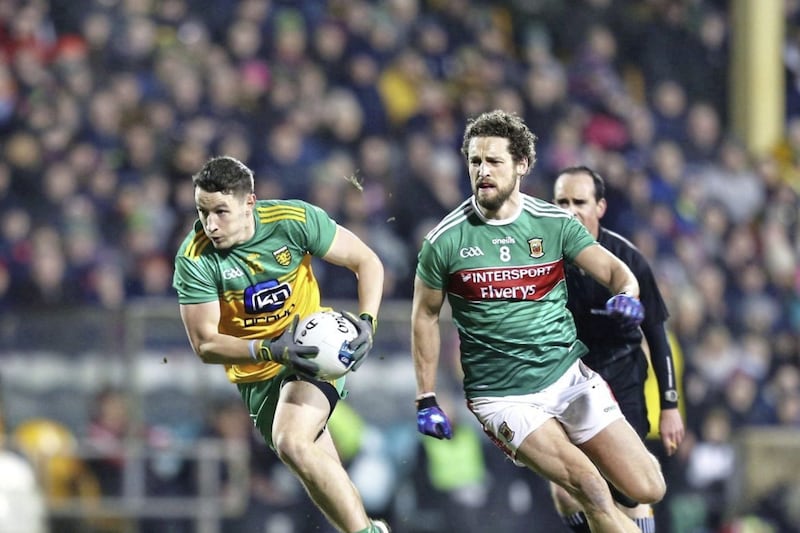ANTRIM'S first hurling Allstar insists that coaching is the key to elevating that code - and camogie - in the northern half of the island.
Ciaran Barr is now the GPA's Head of Operations and Finance but offered his personal opinion on how the historical divide could be bridged or narrowed further.
With a few exceptions at club level - and an honourable mention to Antrim ladies of the past - hurling and camogie have been dominated by southern sides.
Belfast native Barr, who went on to win a Dublin hurling crown with St Vincent's, believes that drilling in skills is the most important element:
"This is my personal opinion, this comes back to coaching. An investment in coaching at grassroots level. The GPA is part of the mechanism that allows just the GAA, not the two other NGBs [National Governing Bodies, the LGFA and Camogie Association], generate 75 million euros of revenue in a normal year. Now that money does get distributed right across the board to every county.
"The GAA has been doing a relatively good job, as has Camogie and Ladies Gaelic Football, in trying to increase the level of investment in coaching from the bottom up. That's the long-term game. In my opinion, the only game.
"This is not about facilities. It's not about infrastructure. It has to start with coaching at the youngest level. That's what will make the difference. And that's really hard to do. Unfortunately, hurling is a relatively complex skilled game so we need 'experts' to get it right at the very beginning. And if you get that right, you get the production of really good highly-skilled players at the other end.
"That transfer of resources and maybe in a sense, that technology of hurling, the engineering of hurling and camogie, that could be transferred from where it's really rich with lots of resources to where it needs to be put.
"For me that's the issue, that's the problem. How do you incentivise this transfer of skill from the rich skilled counties like Kilkenny, Tipp, Cork, Galway et cetera, Wexford – all the traditional ones that have loads of hurling and camogie tradition – to where it doesn't exist?"
Barr recalled his personal experience of how knowledgeable individuals can make a massive difference:
"There's little examples of it where you see clubs and teams doing well out of the blue. And people go, oh it's because a fella…moved from Kilkenny to Dunloy. There's a guy that came up. And there was one man or one woman who brought the intellectual property with him that changed the dynamic.
"I'll give you a real example. When I was at school, St Finian's on the Falls Road never played hurling, [just] Gaelic football. Four De La Salle brothers from Kerry. Caherciveen.
"I went to St Mary's Christian Brothers on the Glen Road and it was two Tipperary and a Cork Christian Brother – the hurling coaches were the Tipperary and the Cork guys.
"I started playing hurling at 11 but my first coaches were a Tipp brother and a Cork brother. So you couldn't have had better coaches to teach you how to play hurling correctly. The transfer of intellectual property. Simple. There's the answer. But that's really, really hard to do."
Asked about the huge levels of games development funding still going to Dublin, Barr replied: "It's a more complicated equation than simply looking at the amount of money invested absolutely in a county. In my view, you always have to look at the relative per capita amount that's been invested.
"If in 2040 the population and its density and its spread has changed significantly, we're going to be having the same conversation if we stick with the old model and the old ways of doing things. There will have to be an increase in the coaching in urban centres if the population grows in those areas. It's a simple fact.
"It's not an equalisation driven by labels saying Antrim, Down, Kerry, Cork, but an equalisation of where the population is and where the requirement is."
